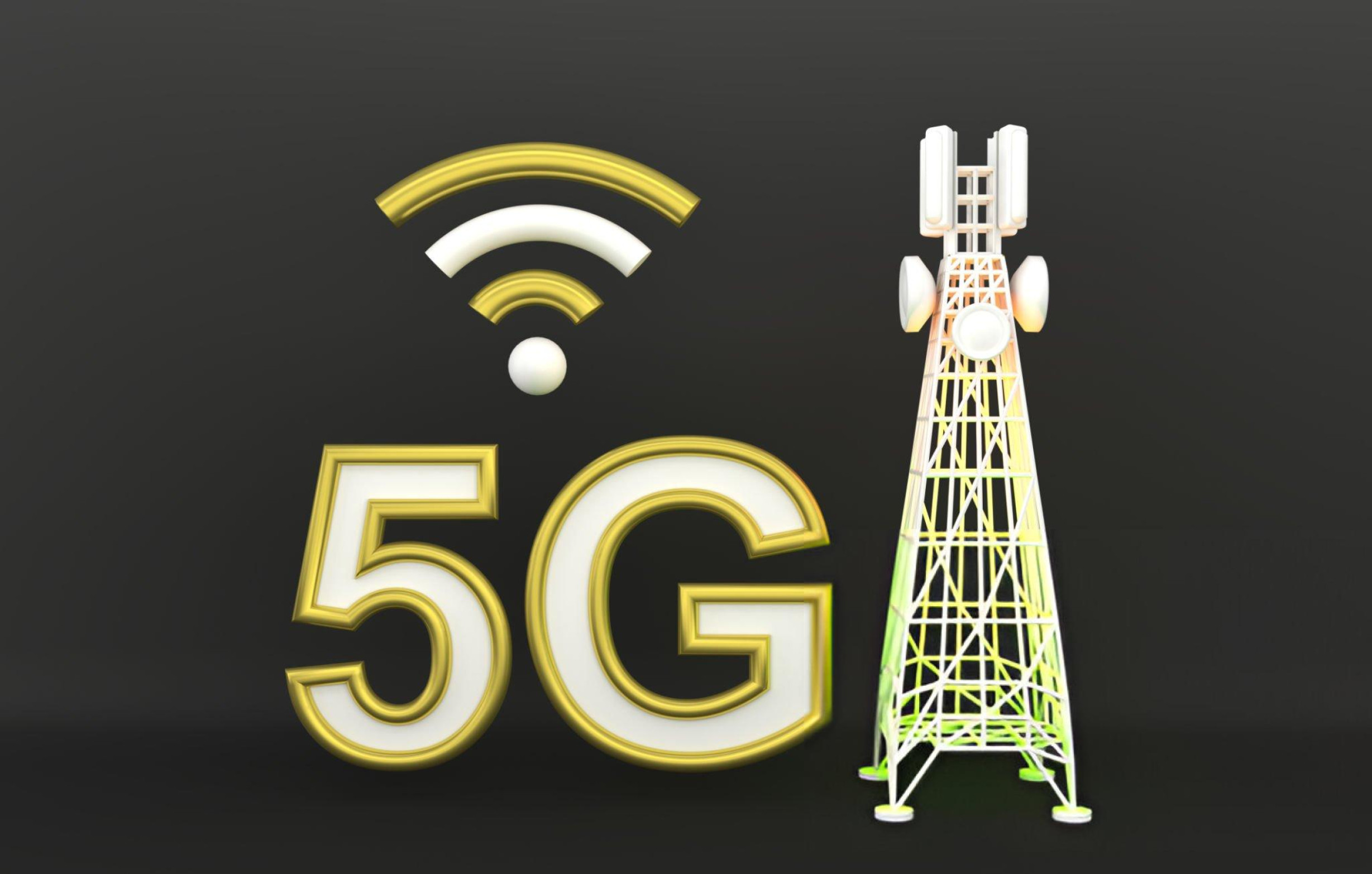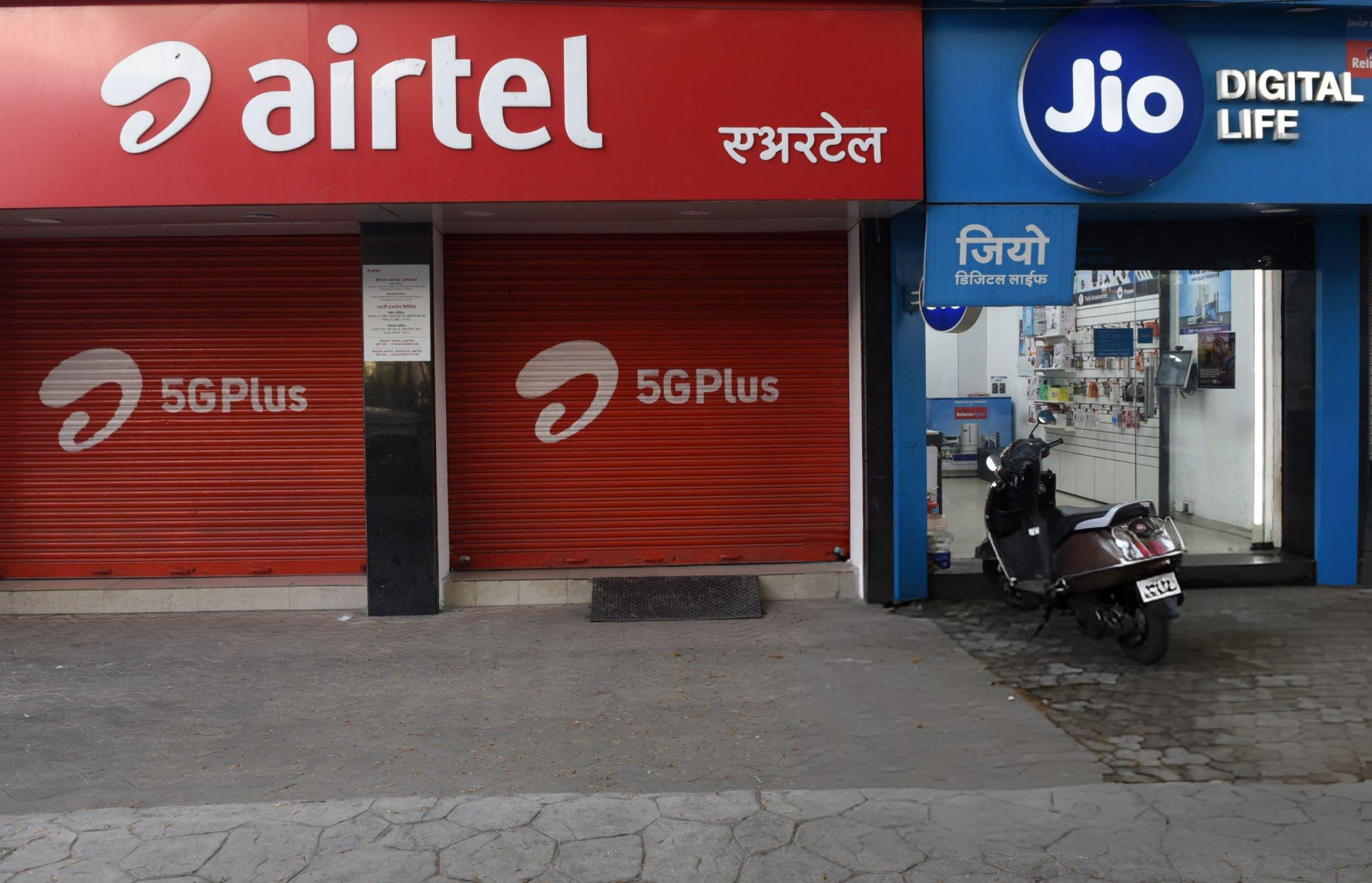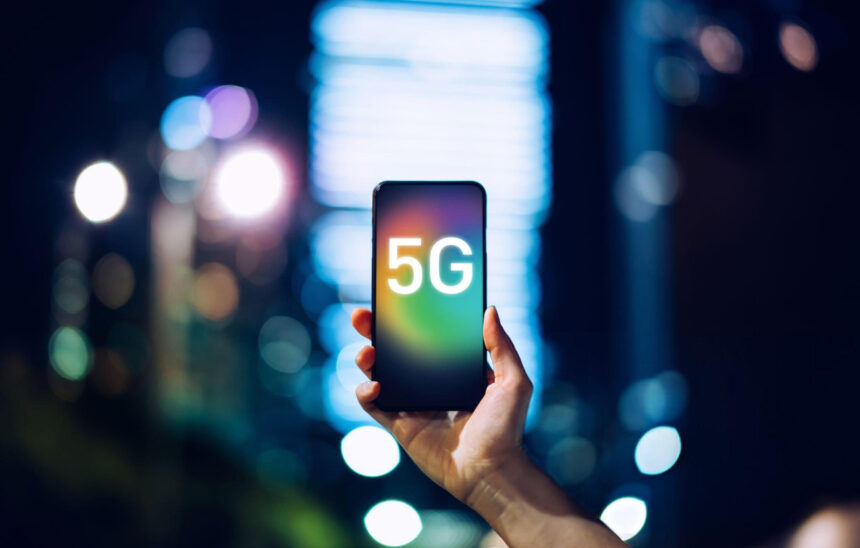Introduction: The Digital Pulse of a New Urban India
The country of India is at the precipice of its transitional quest toward turning into a digitally empowered nation now that 5G is being rolled out throughout India. A telecommunication upgrade is turning out to be a form of redefining how cities think, operate, and serve its population. In metros, as well as in emerging tier-Two cities across India, the convergence of 5G with the public infrastructure is generating a novel category of cities, which are intelligent, and responsive, verging on being citizen-led.
What, 5G is not only the speedy internet. It is the digital infrastructure that enables machines to communicate with each other at real time speed, and lets autonomous systems react instantly and link millions of devices without any disruption. The advent of 5G is making such incarnations of theoretical ideas as smart mobility, predictive governance, and real-time public services become reality on the ground. The smart cities ambition is no longer solely on the territory of policy documents and pilot projects. It is already playing out in the Indian streets, in control rooms and the devices of the citizens.
The Foundation of Future-Ready Cities
The core of a smart city is an effective communication system. It is the nervous system of the contemporary urban organism: 5G is ultra-low-latency, it is big-band, uttering high throughput, etc. It enables cities to install thousands of interconnected sensors, devices and systems that collaborate to monitor, manage and optimize urban life.
Practically speaking, 5G enables a city to foresee traffic congestions before they happen, water leakage already as soon as they occur, real time disaster response, and healthcare delivery even when the doctor is not physically there. It offers an infrastructure necessary to automate public services, intelligently manage energy grids, and ensure law and order using proactive surveillance.
Transforming an ordinary city into a smart city is no longer the assignment of government support or multi-national cooperation. It is gradually becoming a factor of being technologically prepared and 5G is the epicenter of the preparedness.
Ground-Level Impact in Indian Cities
Within a comparatively short span, in India, there has been a shift in 5G rollout, reporting more impact than hype. Already, Pune, Hyderabad, Ahmedabad, and Bengaluru cities have been exploiting 5G to strengthen government and enact quality life for citizens. The implementation can be observed in numerous spheres.

Traffic and Urban Movement
Such cities as Gurugram and Nagpur are introducing 5G into their traffic command centers. Transportation 5G-connected, AI-powered cameras are used to track vehicle traffic, and dynamically regulate the traffic lights to improve the traffic flow. Vehicles headed to an emergency can now be accorded a green corridor via on-the-fly routing. Travelers get live information on traffic conditions and are in a position to plan their alternative routes.
Surveillance and Public Safety
Citywide surveillance systems in large cities like Delhi and Surat are being fed by 5G and linked to AI-based analytics. Such systems are able to spot suspicious activities, abandoned items, or suspicious groupings and warn security forces immediately. This smarter surveillance limits the reliance on human observations and increases the time of response in the case of emergency situations.
Telemedicine and Healthcare
The 5G is revolutionizing healthcare. Chennai and Bhopal hospitals are carrying out distant surgeries and diagnostics with the help of high speed networks. Telemedicine devices installed in Indore ambulances send patient vital signs to hospitals on the way so that doctors can be prepared by the time they come to the hospital. The loved ones of the patients remotely in suburbs, at the outskirts of smart cities can be united with specialists in the big cities in real time due to the availability of the 5G clinic which expels the disparity between access to high-quality care.
Waste and Water Management
Such cities as Indore and Mysuru are using sensor-based functionality whereby garbage containers alert when they are full. City governments are able to streamline routes and lessen excessive use of fuel. 5g enabled smart water meters to enable residents to monitor their consumption of water, as well as enable municipal departments to identify leakages in real time.
Disaster Management and Environmental Monitoring
In low-lying coastal regions, Mumbai that confronts yearly floods during extreme rainfall, is employing water sensors connected to 5G. Such sensors broadcast real time data conducive to water levels triggering alerts in control rooms as well as sending SMS messages to the citizens in the vulnerable areas. Because the prediction and the preparation are possible instead of only responding, it can save millions of lives and avoid infrastructure destruction.
The Role of Government and Public Policy
In particular, the government of India has linked its flagship Smart Cities Mission with the objectives of the Digital India program and the National Infrastructure Pipeline. These three national efforts have synergized to form a favorable policy environment in which 5G can be adopted within cities.
The Ministry of Housing and Urban Affairs has also made it compulsory that new smart cities should have a digital infrastructure plan, compatible with a 5G model. The Department of Telecommunications has relaxed rules that were put in place to deploy small cells and fiber networks that are fundamental to guaranteeing smooth 5G connectivity. Further, Manufacturers of 5G hardware have been brought under the same Production Linked Incentive scheme, to spur the creation of native solutions.
It has also aligned the implementation of 5G with the mega-infrastructure agenda by the Prime Minister through the Gati Shakti program. The current construction of roads, metro systems, and even freight routes is with the consideration of having embedded conduits of 5G in the future.
Industry and Innovation: The Private Sector’s Critical Role
The privatization arm has been critical in hastening the process of 5G smartening solutions. Telecommunications providers, technology startups, real estate developers and urban planners are joining hands in the quest to convert smart city plans to operational ecosystems.

Such firms as Reliance Jio, Airtel and Vodafone Idea have cooperated with cities to establish personal 5G networks in unique applications. These involve industrial estates, docklands, academic precincts and logistics hubs. Startups are working on 5G-based applications in urban agriculture, smart parking, digital signage, and energy management.
At Bengaluru, a Tata Communications-supported innovation hub is building a smart city operating system that integrates and presents data across departments and creates a single interface for city managers. This helps the mayors and municipal commissioners to keep abreast of all their activities, such as power consumption and traffic movement, etc.
Current Challenges and Bottlenecks
Although the journey towards fully functional 5G-driven smart cities is a process of noticeable advancements, there are still some challenges on its way.
Infrastructure Disparities
As metro cities are being cautioned and equipped with new capital, there are numerous small towns and peri-urban geographies in the country which lack the relevant connections in fiber optics. There is a lack of equilibrium in the rollout, and that might increase the digital divide instead of closing the gap.
Cybersecurity Threats
Cities expose themselves to cyberattacks with millions of devices that are interlinked. The failure of a single part of the network might corrupt whole systems. There is still catching up in investments in cybersecurity architecture, encryption, and response protocols.
Administrative Readiness
Most local bodies located in the urban areas do not have qualified staff to work and analyse smart infrastructure data. Including the implementation of 5G involves both technology and governance change as well as capacity building.
Looking Ahead: The Road to 2030
Moving your eyes a bit in the future with the end of this decade, it is evident that the urbanization process in India will be strongly interlinked with the technological progress of the country. It has been estimated that over forty percent of residents in India will be urban dwellers by the year 2030. This population imbalance does not only require growing, but smart growing.
Cities are able to serve as innovation platforms with 5G. Emergency supplies can be dispatched using drones powered by real-time networks. Driverless buses are able to travel through streets accurately. Educational and touristic purposes could be supported through augmented reality gadgets. Digital twins will become increasingly important in urban planning, providing a digital representation of a city that planners can use to simulate changes and forecast the impact.
The emergence of intelligent cities will also enhance citizens. The residents will no longer be objects/recipients of service delivery rather, they are the subjects of governance. They can make complaints, access information and work with authorities to design their cities through 5G powered platforms.
A New Urban Vision for India
India is facing a moment of history. The intersection of the 5G technology with the process of urban planning, citizens participation, and public policy is heralding the arrival of a new type of city. Not only are these cities smart in terms of technology, but also, they are attentive to the demands of their citizens, resilient to climate and security issues, and more inclusive in the way they have to grow.
It is not just a technical upgrade to the 5G rollout. It lays the foundation of a new civic contract where governance will be smart, infrastructure fluid and citizens will be empowered indeed. 5G is not only making change possible as India reimagines its cities but also defining the future.










